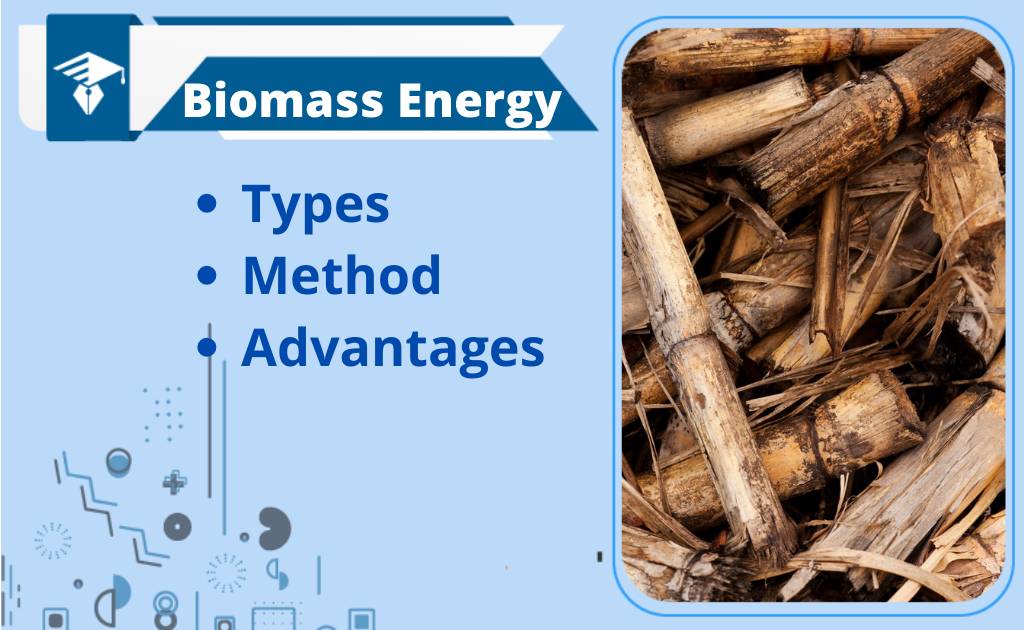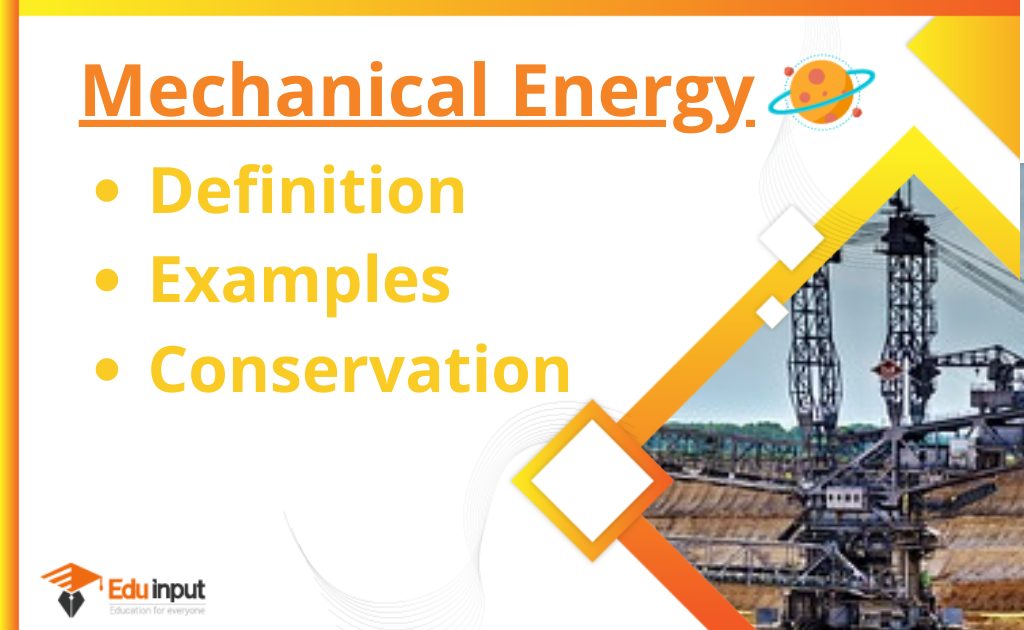What is Power in Physics?-Definition, Example, And Types
Power in physics is defined as The rate of doing work by an agency is called Power or Work done per unit of time is called Power.
What is Power in Physics?
Most of the time, we see people and try to figure out whether they are strong or weak. We always believe that some people are stronger than others, but how do we determine that?
Power is something that is associated with the capacity of a person to perform some work. You can use power in different ways like running a race, lifting a weight, or moving objects. There is no doubt that the amount of power is related to the strength of the body and also it is measured in watts.
Power is a measure of energy change that takes place in a process. It is equal to the rate at which energy is changed. the power is rate of doing work.
P=W/t
Power is measured in different ways, but the most common way is in watts. A watt is defined as a unit of power. It is equal to the amount of energy that is required to make a current flow through a circuit of one ohm. Power is measured in watts.
Power Example
it is said that a healthy body produces more power. Similarly, power depends on the amount of oxygen, the height of the person, and his weight. It is also dependent on the amount of food and the amount of sleep that the person gets.
Power is directly proportional to the amount of oxygen that is present in the body. So, if you have less amount of oxygen then the body will be working harder to get that oxygen. On the other hand, when you have more amount of oxygen, it will be easier for you to do certain things.
There are also a lot of factors that affect the amount of power that a person has. Some of these factors are the number of calories that a person eats and the amount of sleep that he/she gets. These are some of the factors that make a person strong.
Types of Power
There are different types of power
Average power:
The ratio of work ΔW and the time Δt at is known as Average Power.
Mathematically,
Pav=ΔW/Δt
Instantaneous power:
The power at any instant of time is called Instantaneous Power.
Mathematically,
Pinst=LimitΔt→0 ΔW/Δt
Unit of Power
The SI unit of power is the watt.
If an agency performs 1 joule of work in 1 sec, then the power will be 1 watt.
Mathematically,
1Watt=1joule/1sec
Another unit of power is horsepower.
1hp=746 Watt
Dimensions of Power:
[P]= [W/t]=ML2T-3
There are also some other units of work than a watt.
1)Watt-Sec
If 1-watt of power is consumed for 1 sec then the work is said to be a 1-watt sec.
2) kilo-watt hour
If an agency consumes 1-kilowatt power for 1 hour, then it is said to be a 1-kilowatt hour.
Relation between kilo-watt
1 kWh =1000 watt x 3600s
=3.6x106j
=3.6MJ
There are some power conversion units.
| Units | Abbreviation | Equivalent Watt Unit |
| Horsepower | HP | 746 watts |
| Kilowatts | kW | 1×103W |
| Megawatts | MW | 1×106W |
| Gigawatts | GW | 1×109W |
| decibel-milliwatts | dBm | 30 dBm = 1 W |
| British Thermal Unit/Hour | BTU/hr | 3.412142 BTU/hr = 1 w |
| Calories per Second | cal/sec | 0.24 calories per second cal/sec = 1 W |
Power and Velocity
Suppose a constant force ‘F’ acts on a body that is moving with constant velocity V. Then the instantaneous power is given by.
pinst= LimitΔt→0 ΔW/Δt
Pinst=LimitΔt→0 F. Δd/Δt
P=V.F
Power is also defined as the dot product of force and velocity.







Leave a Reply